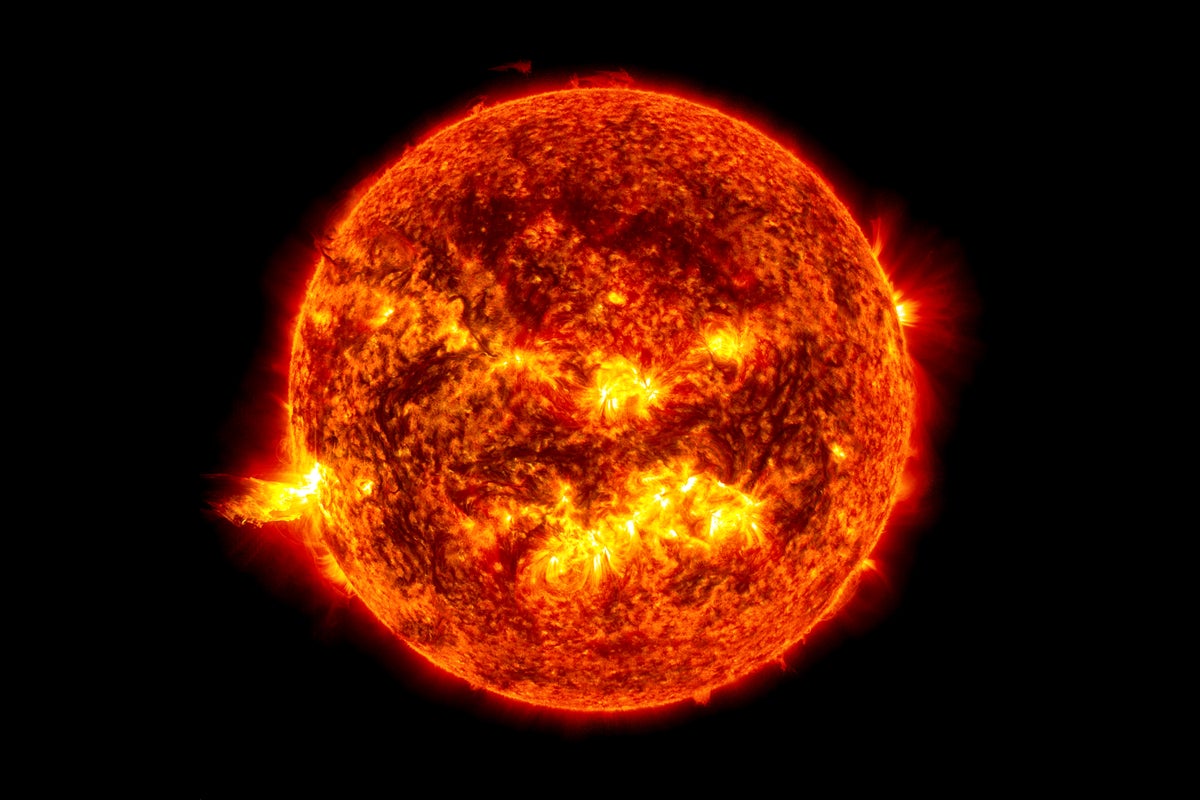
"The definition of a star might seem straightforward as a twinkling point of light in the night sky, but scientific understanding reveals much more complexity."
"Stars are massive, hot, roughly spherical entities held together by gravity, made of plasma, and their defining feature is their luminosity."
"Unlike planets or moons, the definition of a star is complicated by its characteristics, such as size, heat, and the process by which it shines."
"Deepening our understanding of what constitutes a star requires us to explore the fundamental processes that lend them their distinctive light."
The article discusses the complexity behind defining celestial bodies, particularly stars. While they can be identified as twinkling points of light in the night sky, a deeper understanding reveals stars are massive, luminous spheres of plasma held by gravity. This basic definition raises more questions, highlighting the inherent complexity in distinguishing stars from planets or moons. The need to explore the underlying mechanisms that give stars their luminosity is emphasized, pointing to an ongoing dialogue in astronomy regarding categorization and understanding of these celestial phenomena.
Read at www.scientificamerican.com
Unable to calculate read time
Collection
[
|
...
]